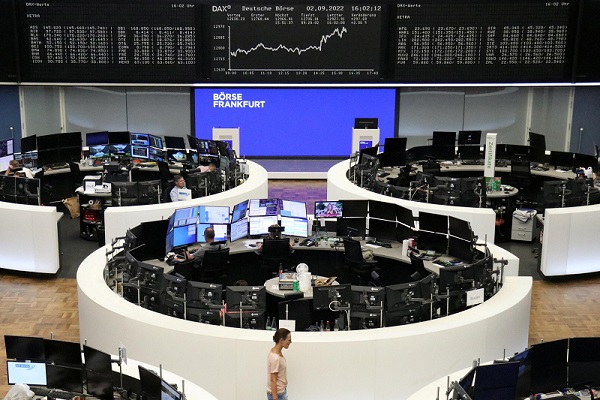Investing.com — Exchange-traded funds are reshaping global markets with record-breaking growth. In 2024, the ETF industry reached $15 trillion in assets, saw $1.6 trillion in inflows, and launched 1,485 new funds, according to a Bank of America note.
ETFs now offer investors liquidity, tax efficiency, and market access. Their impact is evident across trends reshaping the investment landscape:
Divergences in asset performance and ETF flows are narrowing. Treasury ETFs attracted $28 billion despite losses, while outflows hit rallying sectors like energy and gold.
Flows typically follow returns. “We expect these positioning gaps to close as investors reckon with the ongoing transition from a 2% world to a 5% world,” analyst wrote.
Active ETFs overtook passive launches in 2024 for the first time. Over 120 mutual funds converted to ETFs, reversing outflows.
“Maybe it’s really ETF > MF rather than passive > active,” analyst added.
ETFs are making illiquid assets like collateralized loan obligations (CLOs) accessible, with AUM in these funds surging 245% last year. Customized ETFs are also outperforming legacy indexes, with sector-specific funds, such as industrials and defense, leading the way.
Non-U.S. ETFs attracted $583 billion, accounting for 38% of total inflows. For every U.S.-listed ETF, there are now 2.1 funds domiciled abroad.
ETFs have also become more sophisticated. Some now use AI or invest in derivatives and cryptocurrencies, further expanding their reach.
Launched in 1993, SPY remains the largest ETF, but rivals like VOO are gaining ground. With a lower expense ratio, VOO could surpass SPY by 2026.
As ETFs redefine investing, their influence shows no signs of slowing in 2025.

